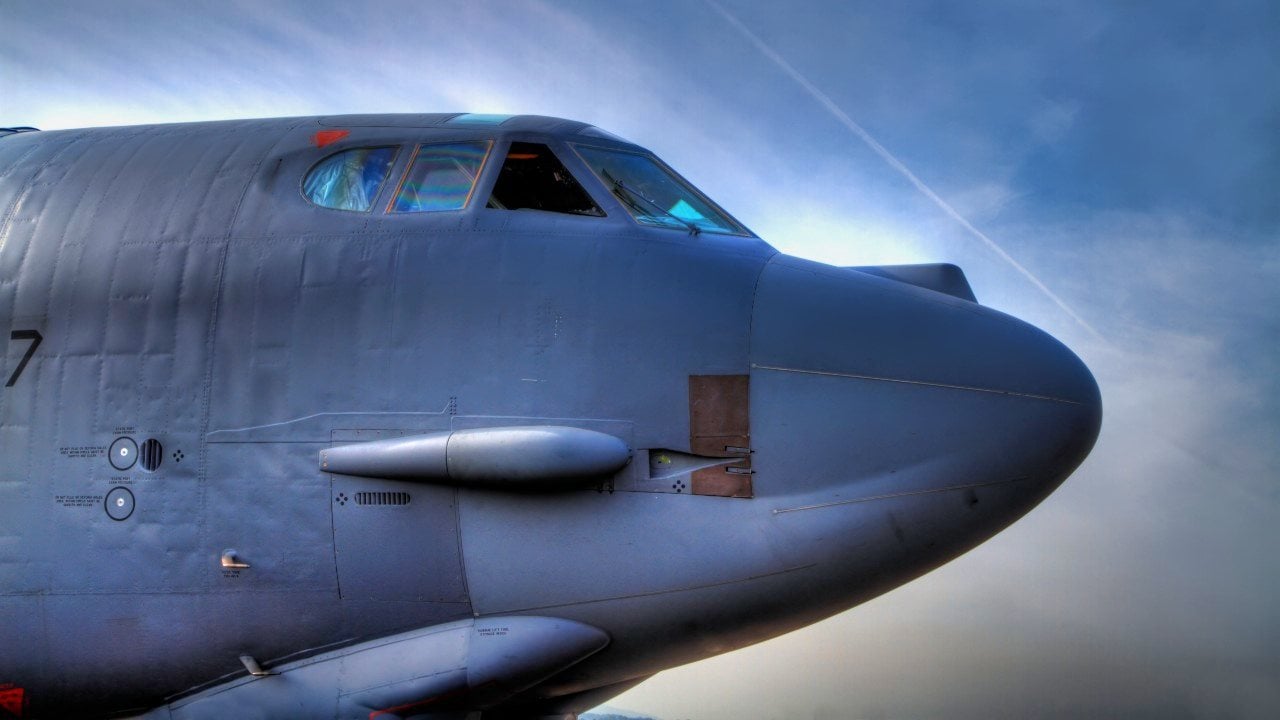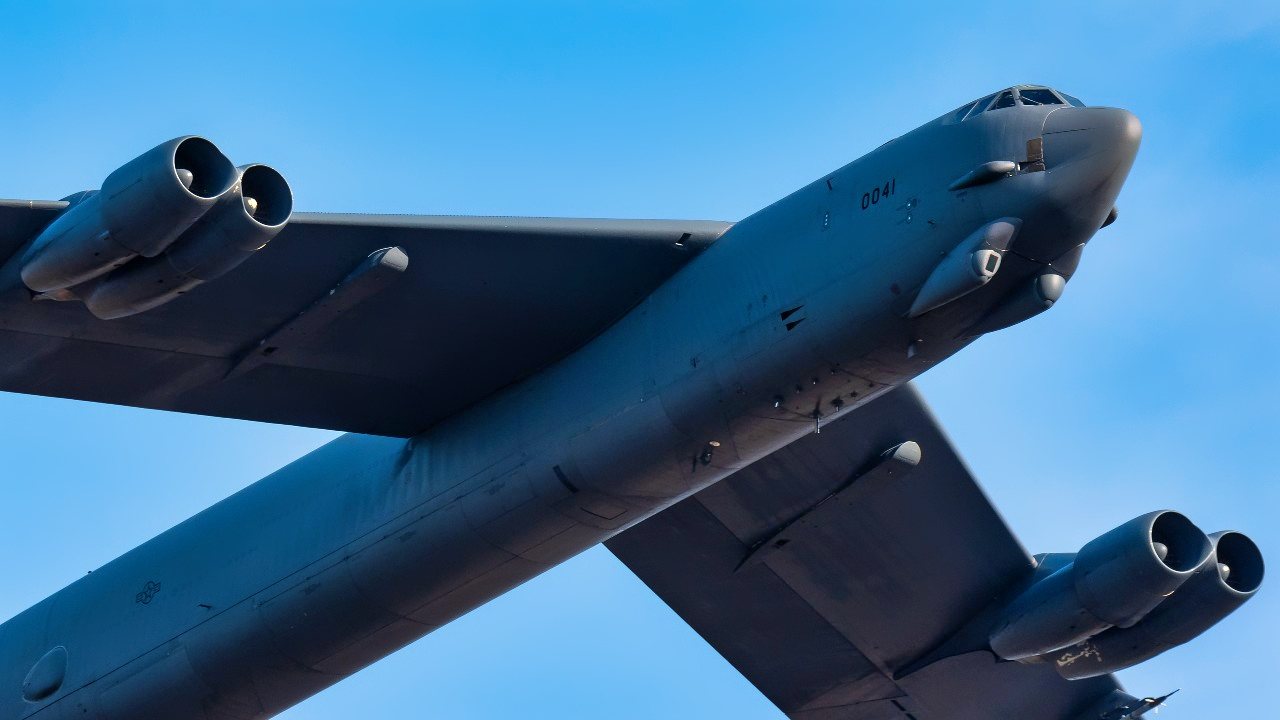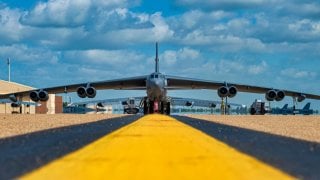The Air Force's Plans to Have the B-52 to Fly Until 2060 Hit Another Hurdle
The U.S. Air Force and Navy face delays in key programs due to supply chain issues, budget constraints, and labor shortages. The B-52J bomber program's initial operational capability is now pushed to 2033, primarily due to engine and radar redesign challenges.
Summary and Key Points: The U.S. Air Force and Navy face delays in key programs due to supply chain issues, budget constraints, and labor shortages. The B-52J bomber program's initial operational capability is now pushed to 2033, primarily due to engine and radar redesign challenges.

-Despite setbacks, the Air Force plans to maintain its fleet of B-52s, pairing them with new B-21 Raiders. Upgrades will enhance the B-52s with Rolls Royce engines, improved avionics, and advanced radar systems to counter emerging threats.
The B-52J Bomber Is Facing Delays
Supply chain issues, budgetary constraints, and labor shortages continue to cause headaches for the U.S. Air Force and Navy.
In recent months, reports detailing the delay of upcoming submarines, guided missile destroyers, and aircraft carriers have circulated.
The Air Force’s B-52J bomber program has also been slapped with major setbacks. Specifically, initial operational capability for the bomber has been pushed back to 2033—a nearly three-year delay. According to the Government Accountability Office, issues surrounding the airframe’s new engine and radars are to blame for the setback.
As detailed in the report, the service “underestimated” the amount of funding required to finalize the design of the re-engining: “Specifically, as the B-52 prototyping effort was extended from preliminary design to critical design, program officials received a proposal for the detailed design work,” the report states. “Program officials stated that the proposal cost exceeded the program’s available funding, and that they asked Boeing to slow its level of work to align with available funding. They also noted that an associated materials contract could not be awarded, causing additional delays.”
The new concept pairs Rolls Royce F130-200 engines with more advanced pylons, nacelles, and controls.
Why Don't We Retire the Old B-52?
The Air Force decided to forgo retiring its fleet of B-52 bombers despite the old age of the platform. Despite the introduction of newer and more advanced aircraft over the last few decades, the “Stratofortress” remains a force to be reckoned with. In the next decade, the service plans to field a fleet of at least seventy-six upgraded B-52s and 100 next-generation B-21 “Raider” bombers. The initial B-52s to fly for the Air Force were powered by the Cold War-era Pratt & Whitney TF33 engines.

The new Rolls Royce engines are notably already found on Gulfstreams, Bombardiers, the Dassault Falcon 10X, and Boeing 717s. The upcoming Rolls Royce refit is perhaps the most significant component of the B-52J upgrade, in addition to the enhanced avionics, digital displays, and payload capability the bomber will receive. Upgraded radar could help improve situational awareness and resistance to countermeasures. According to The War Zone, new radar could also provide capabilities such as electronic warfare and communications support.
A brief history of the Stratofortress
When the B-52 was first introduced during the Cold War, it instantly became an icon of America’s deterrent strategy. The formidable airframe was capable of reaching high subsonic speeds at great altitudes and providing a direct counter to the Soviet’s own advancing aerial programs. Perhaps most significantly, the B-52 is able to launch the largest variety of weapons in the U.S. inventory. The upgraded B-52H variant can lug more than 70,000 pounds of diverse ordnance, including AGM-84 Harpoon missiles, AGM-86A air-launched cruise missiles, Joint Direct Attack Munitions, and numerous other weapons.
As tensions between Washington and Beijing continue to escalate, the timely introduction of the B-52Js (in addition to the Raiders) will be paramount for the Air Force. China is simultaneously developing its own next-generation stealth bomber program, which is intended to go up against America’s fleet.
About the Author: Defense Expert Maya Carlin
Maya Carlin, National Security Writer with The National Interest, is an analyst with the Center for Security Policy and a former Anna Sobol Levy Fellow at IDC Herzliya in Israel. She has by-lines in many publications, including The National Interest, Jerusalem Post, and Times of Israel. You can follow her on Twitter: @MayaCarlin.

